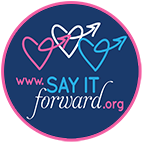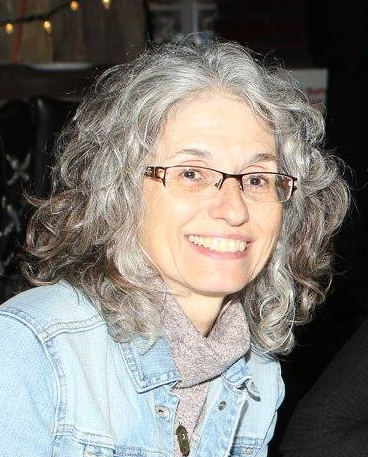My daughter has been applying for summer camp counsellor jobs. She’s been a camp counsellor the last three summers, in addition to being a lifeguard and swim instructor during the school year. Pretty darn qualified! So why did she phone me to ask whether she should apply for a senior counsellor position or a lower intermediate position? And why did I hesitate before encouraging her to go for the senior job?
Both good questions with one very revealing answer – because she didn’t fully meet 100% of the requirements for the senior position. She met all the requirements except the first one, which she only partially met, and that’s what made me hesitate. I got stuck on that first requirement and was leaning toward encouraging her to apply for the lesser job. Fortunately, I had been reading The Confidence Code by Katty Kay and Claire Shipman that morning and their words popped into my head.
I caught myself mid ‘hem’ (or perhaps it was mid ‘haw’) and told her that I was reading about a 1995 study conducted at Hewlett-Packard which found “…that the women working at H-P applied for promotions only when they believed they met 100 percent of the qualifications necessary for the job. The men were happy to apply when they thought they could meet 60 percent of the job requirements.”
I let all my doubt go. She was probably 90% qualified for the senior job, maybe more. I told her to apply for both positions and let the camp decide. Why limit herself? I told her that, based on what I had been reading, if she were a man in the same circumstances, she would probably apply for Camp Director! She laughed and agreed and then applied for both positions.
The point here isn’t that men will apply for jobs that they aren’t fully qualified for. The point is that most women don’t! Studies have shown that women will hold back when they doubt themselves. Men are generally more bold and will forge ahead, confident that they have the ability to learn the required skills to do the job well.
I haven’t yet finished reading The Confidence Code, but what I have learned so far has been enlightening. The research and statistics show that in general, “It isn’t that women don’t have the ability to succeed; it’s that we don’t seem to believe we can succeed, and that stops us from even trying. Women are so keen to get everything just right that we are terrified of getting something wrong.”
My daughter and I both hesitated about her applying for the senior position because we didn’t want to get it ‘wrong’. We didn’t want her to apply for a position that she wasn’t qualified for or to waste the employer’s time. By doing that, not only did we set unrealistic limits on her chances of excelling, we limited her chance of gaining more confidence in the future.
According to The Confidence Code, making mistakes and taking risks is behaviour “critical for confidence building”. And it’s also a behavior that girls try to avoid. Research shows that “when a boy fails, he takes it in stride, believing it’s due to a lack of effort. When a girl makes a similar mistake she sees herself as sloppy, and comes to believe that it reflects a lack of skill.”
Fortunately, we can “… change our brains in ways that affect our thoughts and behavior at any age” and “… with diligent effort, we can all choose to expand our confidence. But we will get there only if we stop trying to be perfect and start being prepared to fail.”
Will my daughter get the senior job? I don’t know. But she did get an interview with the camp. They didn’t throw out her application because she was only 90% qualified for the position! And even if they had, that would be okay, because now we both realize how limiting it would have been not to apply.
Hopefully, this will be a beginning step in changing the way we both think and in expanding our confidence in the future. No more waiting until we are perfect or 100% up to the challenge, “what we need to do is start acting and risking and failing … if we don’t take risks, we’ll never reach the next level.”


